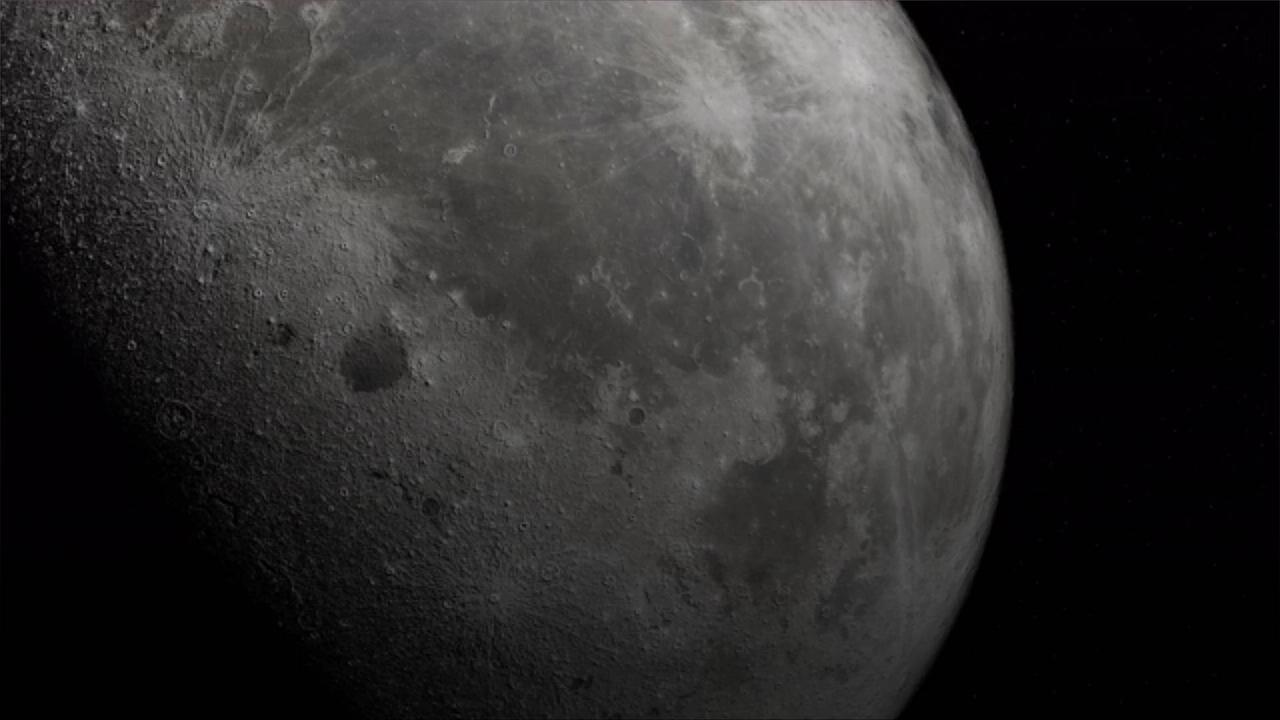Scientists Say Apollo 17 Lunar Dust Reveals Moon Is Much Older Than Previously Thought

Scientists Say Apollo 17 Lunar Dust Reveals Moon Is Much Older Than Previously Thought
Scientists Say Apollo 17 , Lunar Dust Reveals Moon, Is Much Older Than Previously Thought.
'The Guardian' reports that researchers believe they have found evidence to suggest the Moon is 50 million years older than previously believed.
A team of scientists looked at crystals found in lunar dust brought to Earth in 1972 as part of NASA's Apollo 17 mission.
.
A team of scientists looked at crystals found in lunar dust brought to Earth in 1972 as part of NASA's Apollo 17 mission.
.
It’s amazing being able to have proof that the rock you’re holding is the oldest bit of the moon we’ve found so far.
It’s an anchor point for so many questions about the Earth.
, Dr Jennika Greer, Study lead author from the University of Glasgow, via 'The Guardian' .
When you know how old something is, you can better understand what has happened to it in its history, Dr Jennika Greer, Study lead author from the University of Glasgow, via 'The Guardian' .
'The Guardian' reports that scientists believe a Mars-sized body struck Earth approximately 100 million years after the formation of our solar system.
The impact is believed to have ejected a huge mass of material that would eventually form the moon.
.
The high energy generated by the impact meant the surface of the moon was initially molten and later solidified as the lunar surface cooled.
The team believes that crystals analyzed in the study were formed during this cooling process, offering researchers a way to determine their age and the age of the Moon.
'The Guardian' reports that previous research has suggested the moon to be approximately 4.42 billion years old, however, crystals now may be evidence of an even older date.
This age pushes back the age of the first preserved lunar crust by ∼ 40 [million years] and provides a minimum formation age for the moon within 110 [million years] after the formation of the solar system, Dr Jennika Greer, Study lead author from the University of Glasgow, via 'The Guardian'


!['Sentinel': Scientists pioneering an underwater living space [Video]](https://video.newsserve.net/300/v/20250129/1400178306-Sentinel-Scientists-pioneering-an-underwater-living-space.jpg)
![All Eyes on ISRO's PSLV-C60: India Achieves Major Space Docking Milestone to End 2024 [Video]](https://video.newsserve.net/300/v/20241230/1397389238-All-Eyes-on-ISRO-PSLV-C60-India.jpg)

![NASA's Parker Solar Probe makes closest approach to sun [Video]](https://video.newsserve.net/300/v/20241229/1397325492-NASA-Parker-Solar-Probe-makes-closest-approach.jpg)
![Apollo 16 Lands in the Lunar Highlands [Video]](https://video.newsserve.net/300/v/20231003/1696359512-Apollo-16-Lands-in-the-Lunar-Highlands.jpg)
![Mystery of Apollo 13 Mission | Lost in Space | Dhruv Rathee [Video]](https://video.newsserve.net/300/v/20231001/1696183889-Mystery-of-Apollo-13-Mission-Lost-in.jpg)